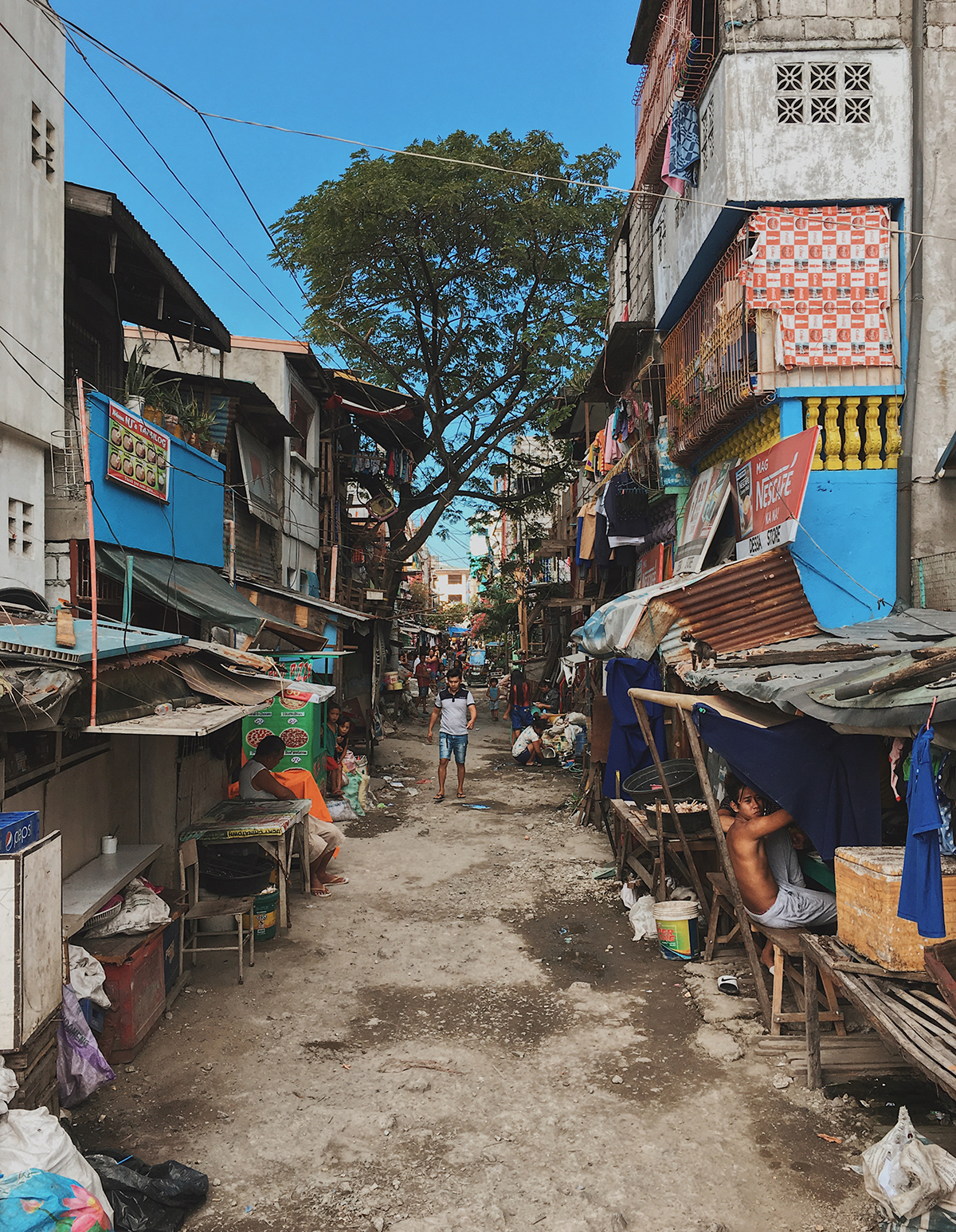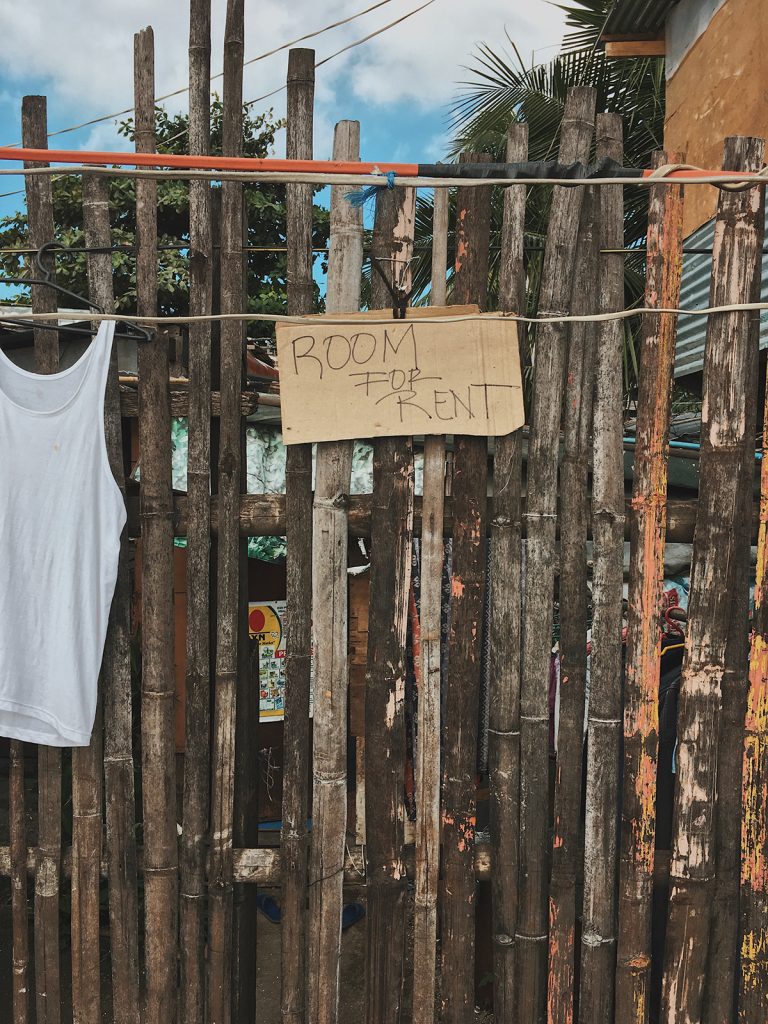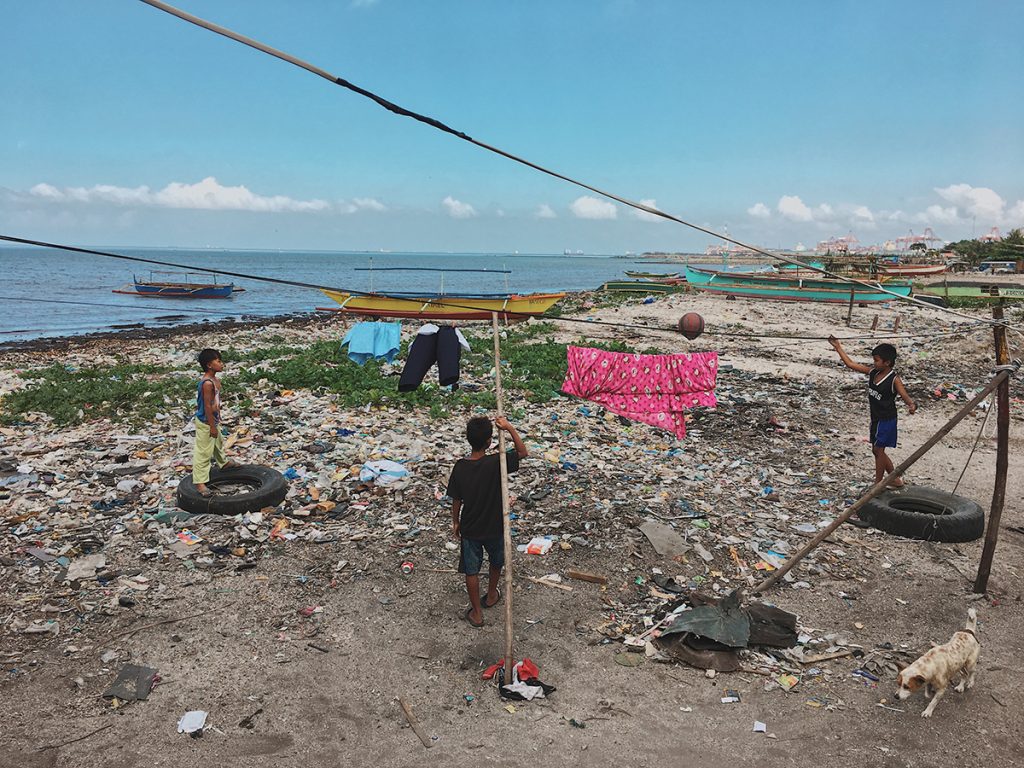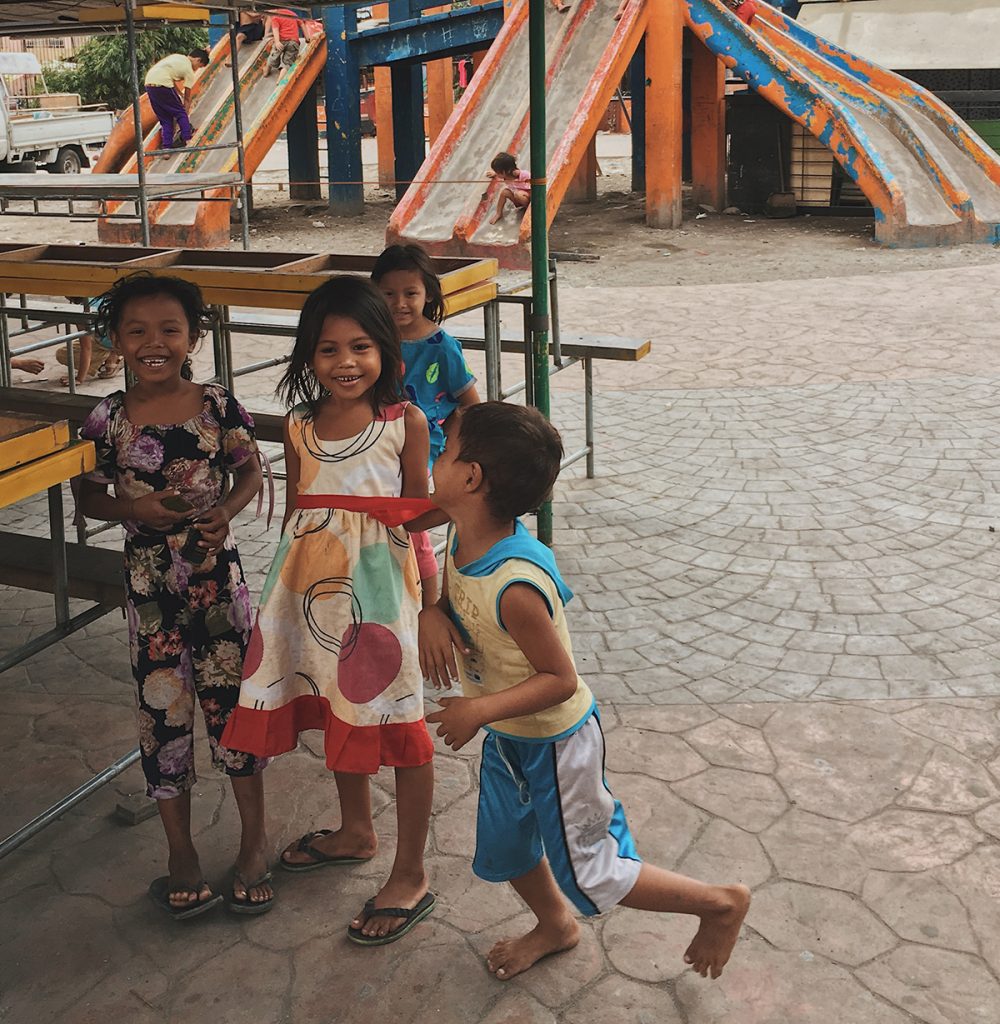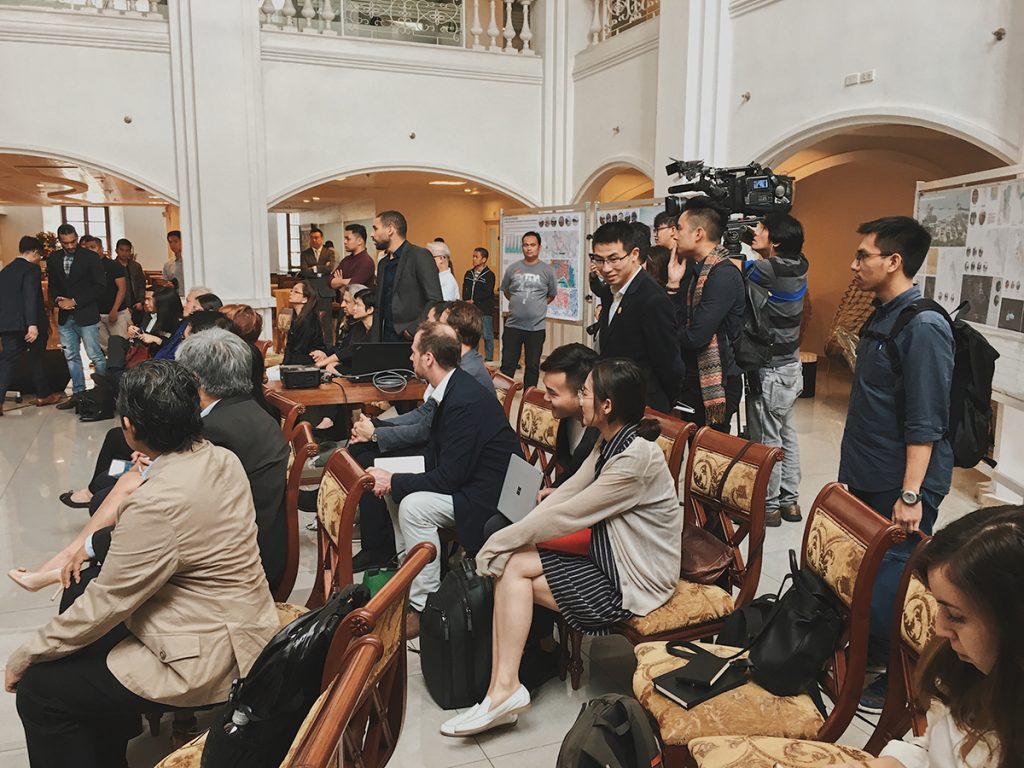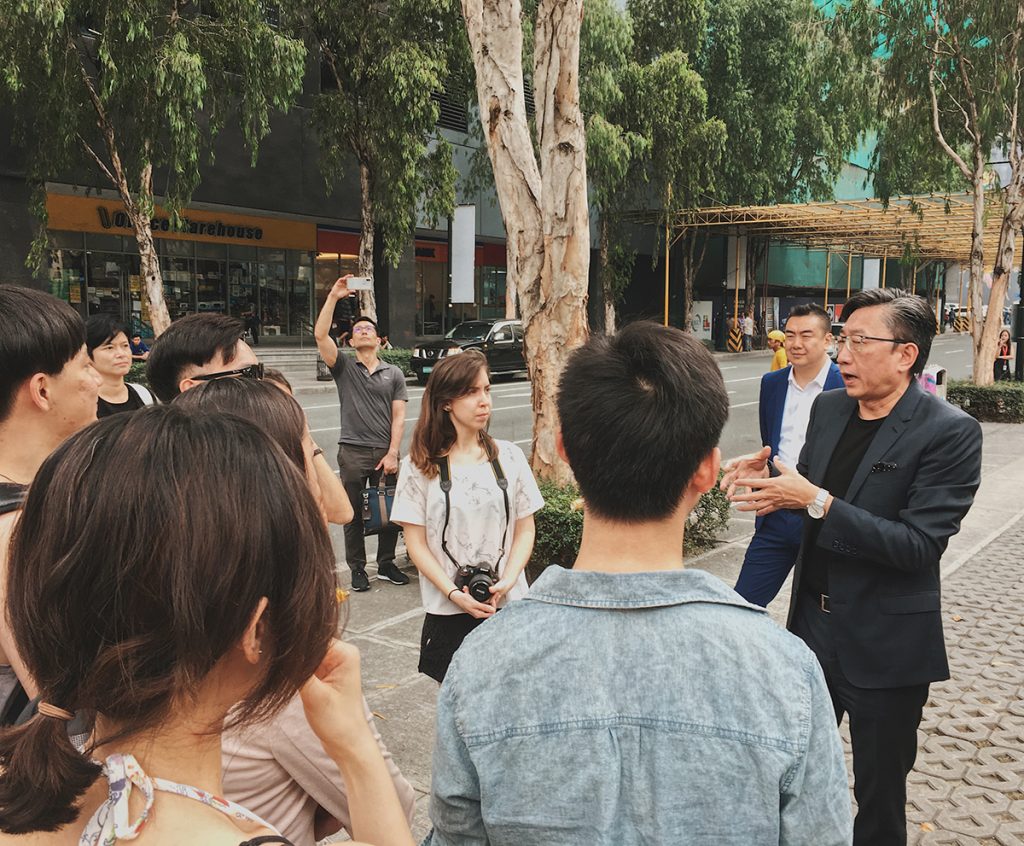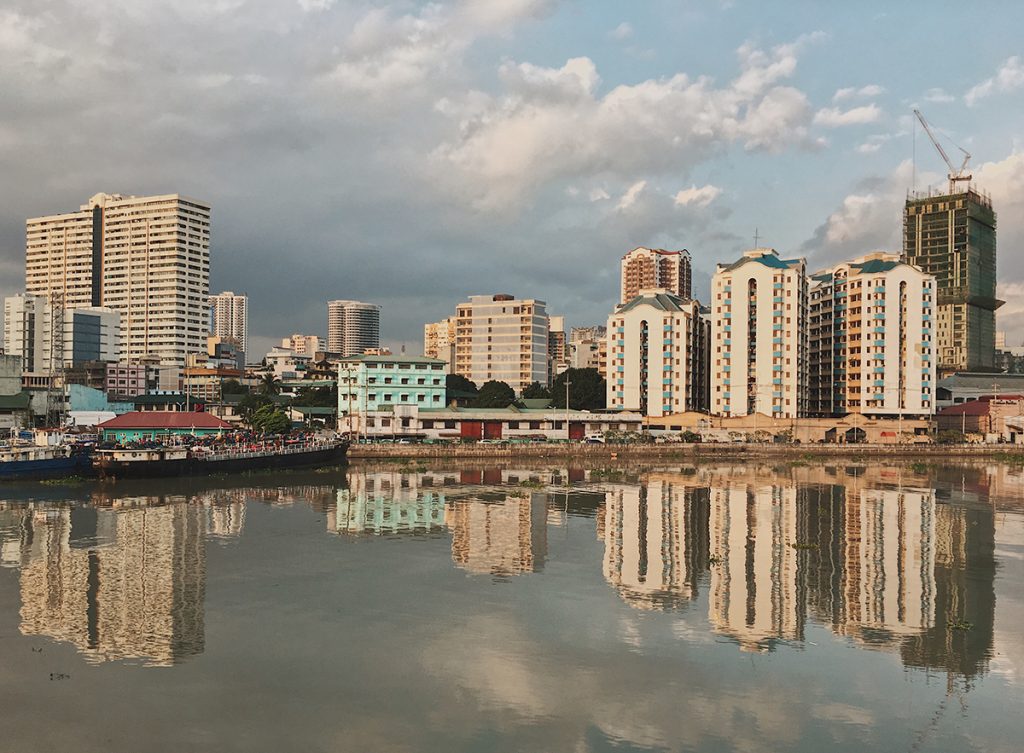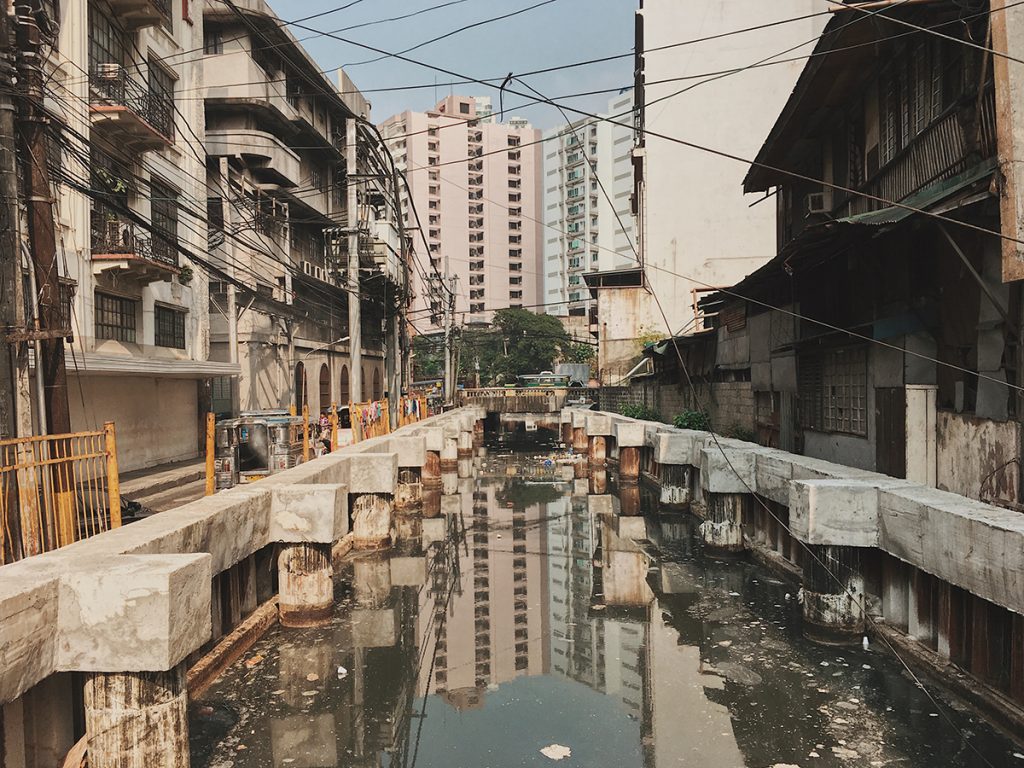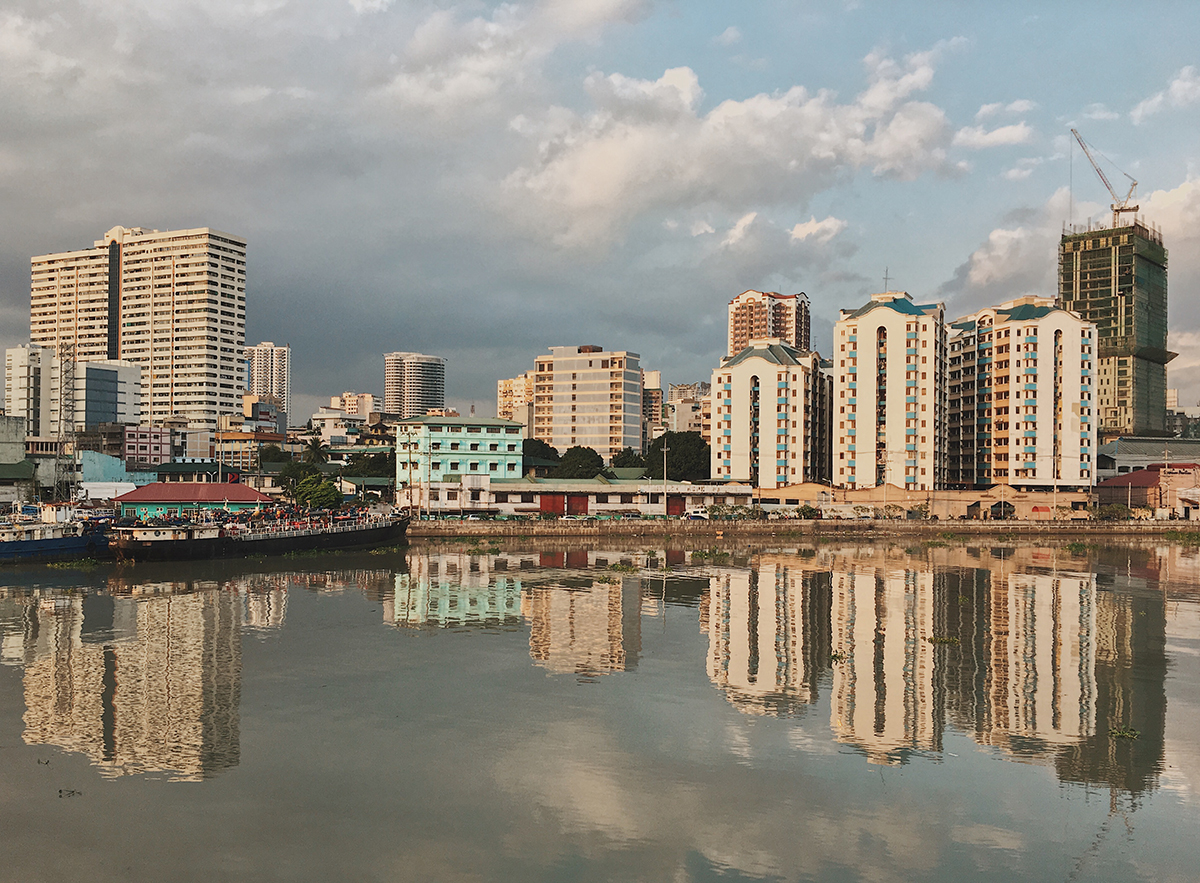Spring 2018 option studio “Manila: Future Habitations” traveled to the Philippines in February to study housing challenges and opportunities in Manila, the world’s most crowded city. Led by design critics Rok Oman, David Rubin (MLA ’90), and Spela Videcnik, students explored the city’s many extremes: poverty next to affluence; congestion giving way to areas of release; pollution admits ecological diversity. Master in Landscape Architecture candidate Emmanuel Coloma shares his impressions from the week-long trip.
Text and photos by Emmanuel Coloma (MLA ’18)
A city of extremes, Manila is a megacity at a critical juncture. The densest city-proper in the world, 21st century Manila faces the challenges of a constantly transforming landscape (ecologically, socially, economically, and politically) and confronting its past as a remnant of a post-World War II city that never fully recovered from destruction. The studio asks: how do you balance the growth of the city and simultaneously improve the quality of life for its inhabitants in a city of extraordinary extremes? During the studio trip, we were fortunate to have the opportunity to speak to many local stakeholders, receive helpful feedback on our initial research proposals, and take time to reflect on our role as designers confronted with a site marked by extreme histories.
